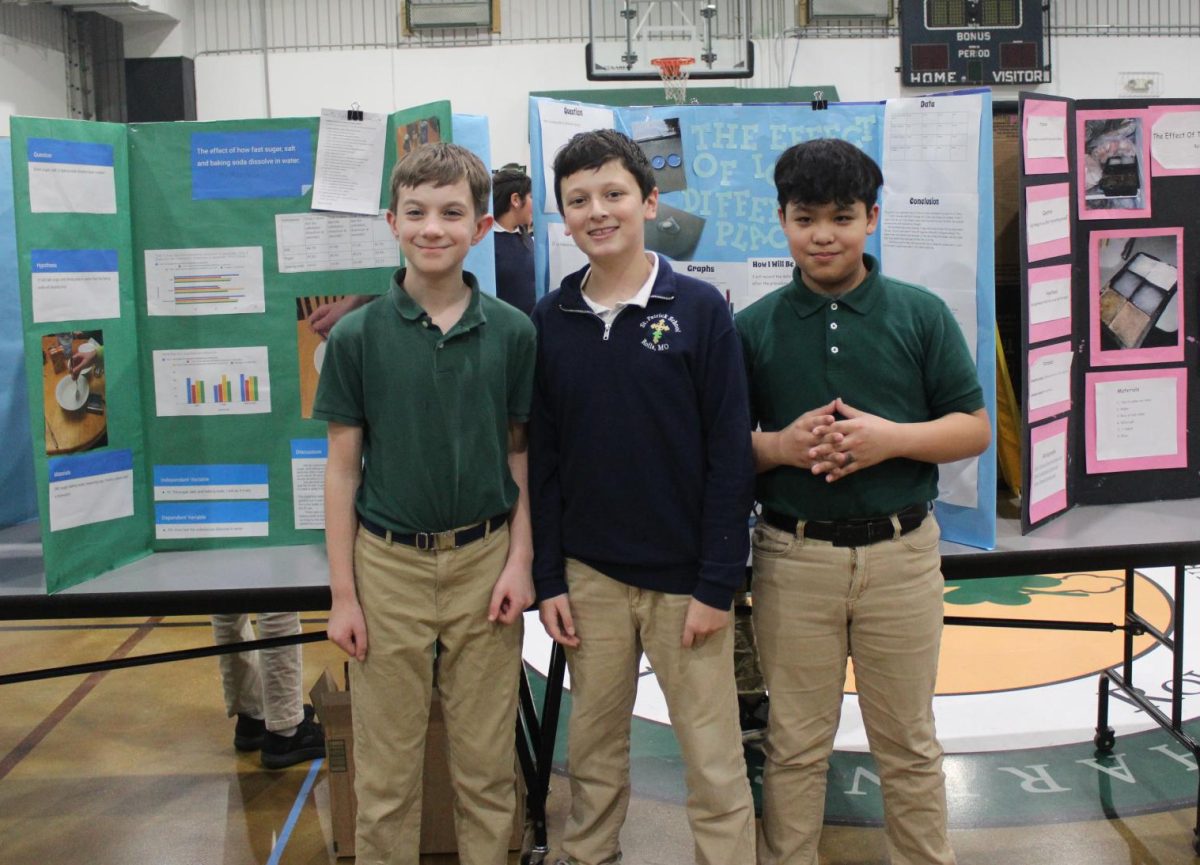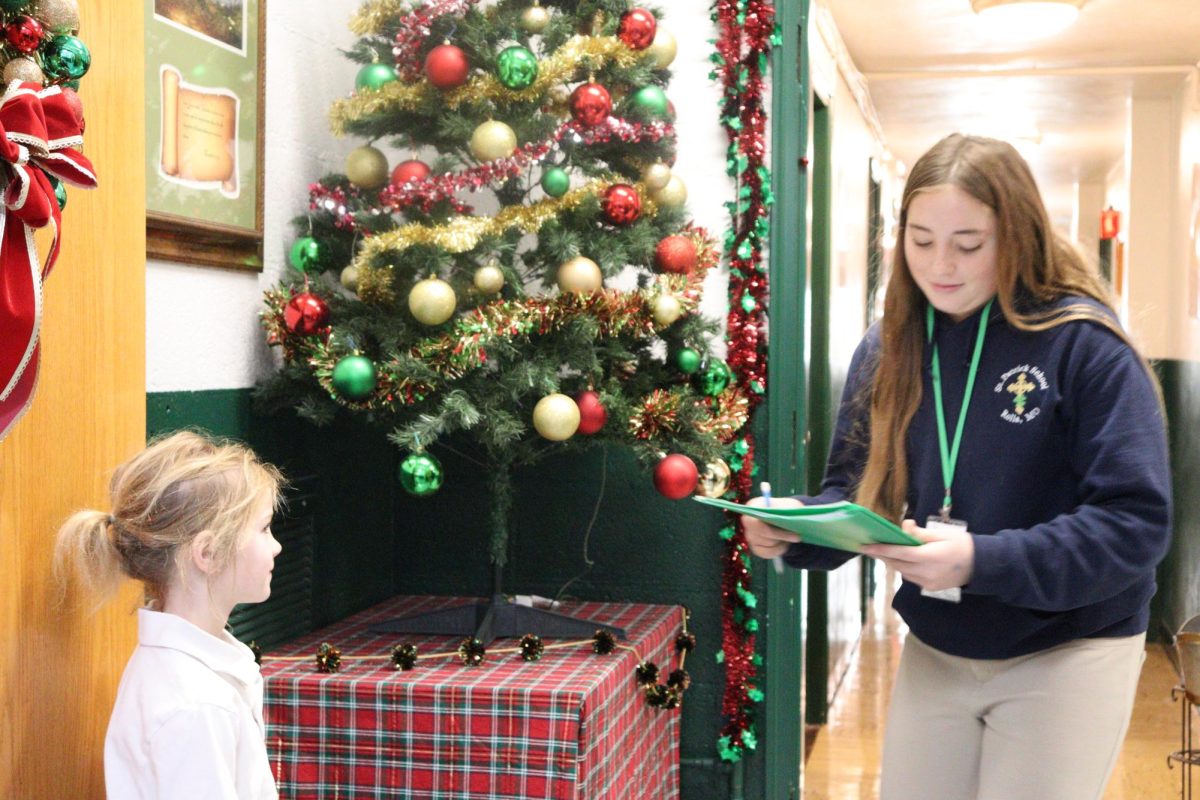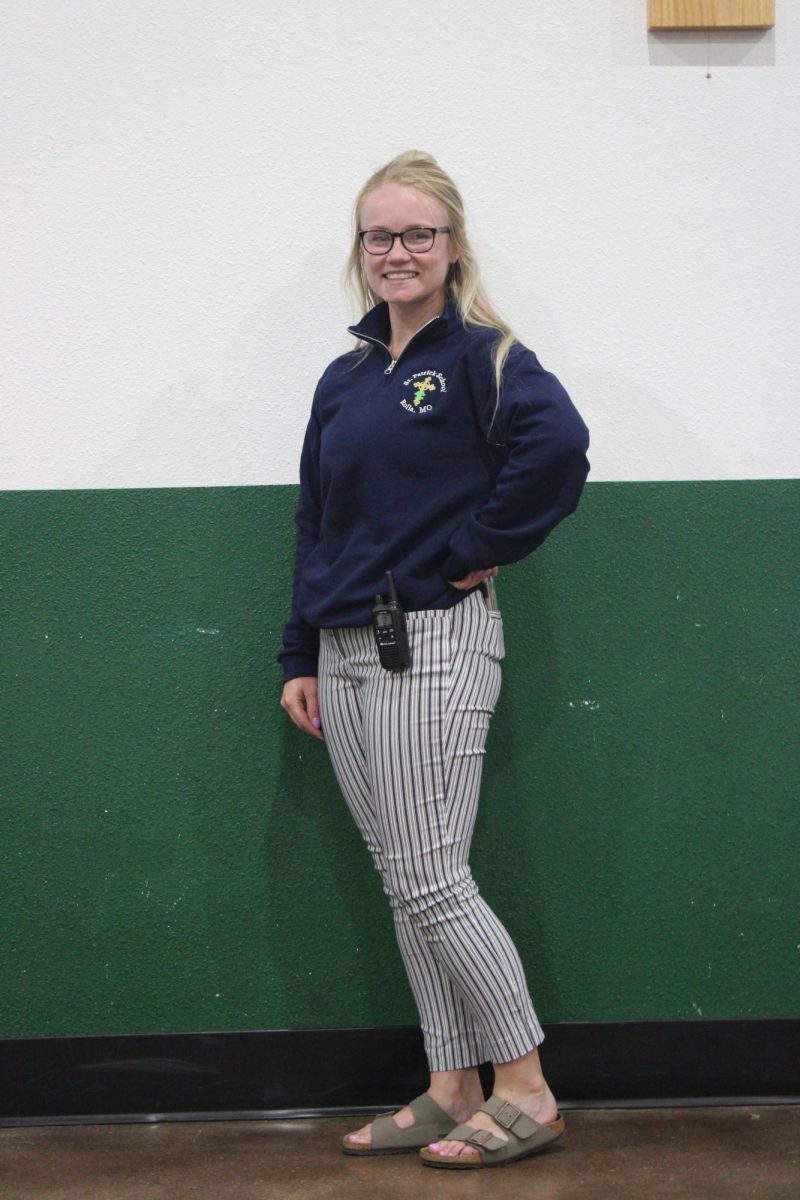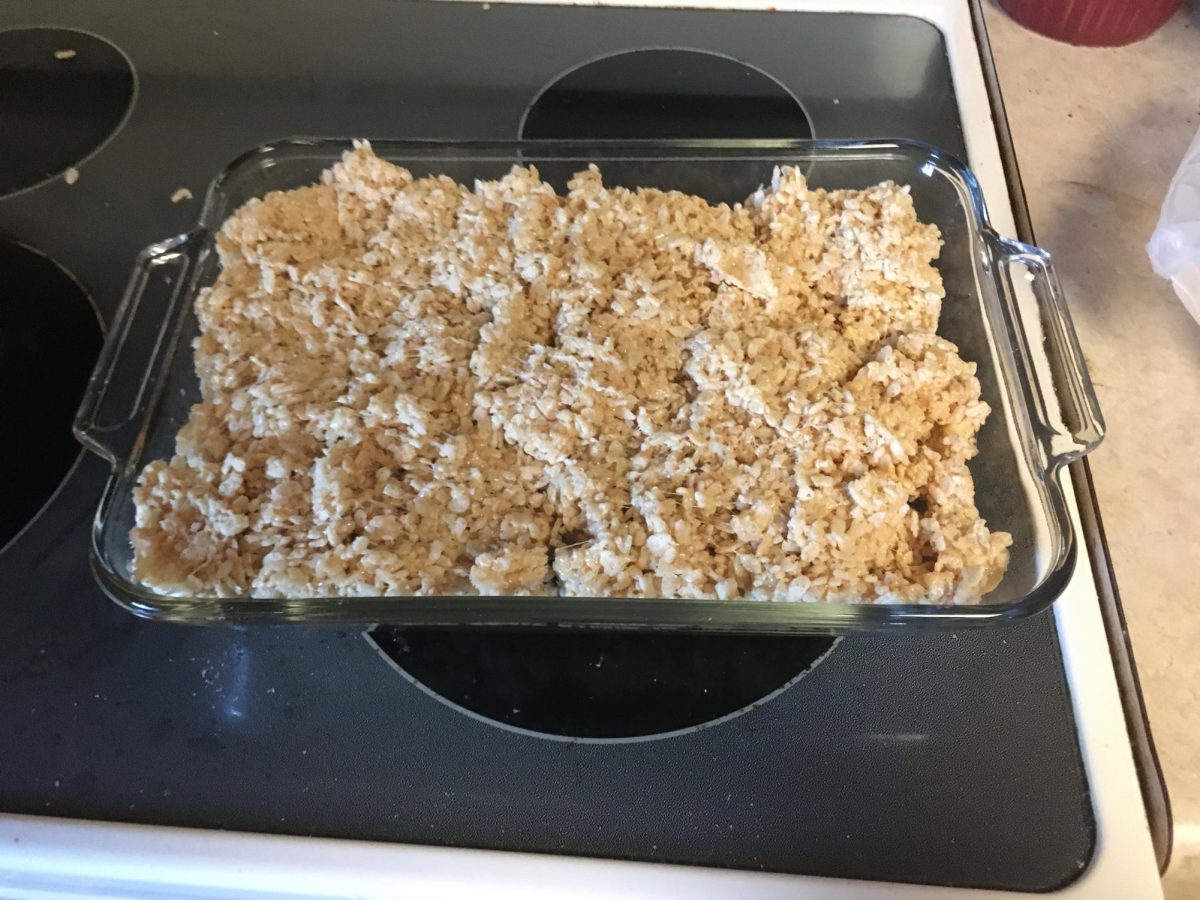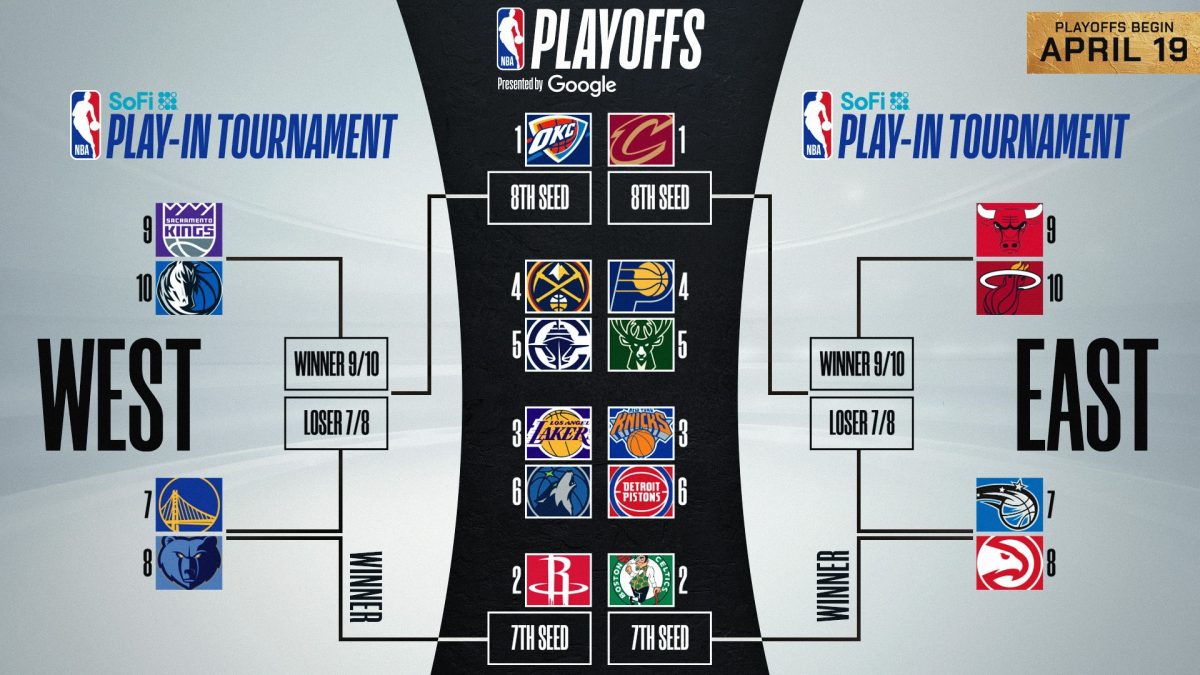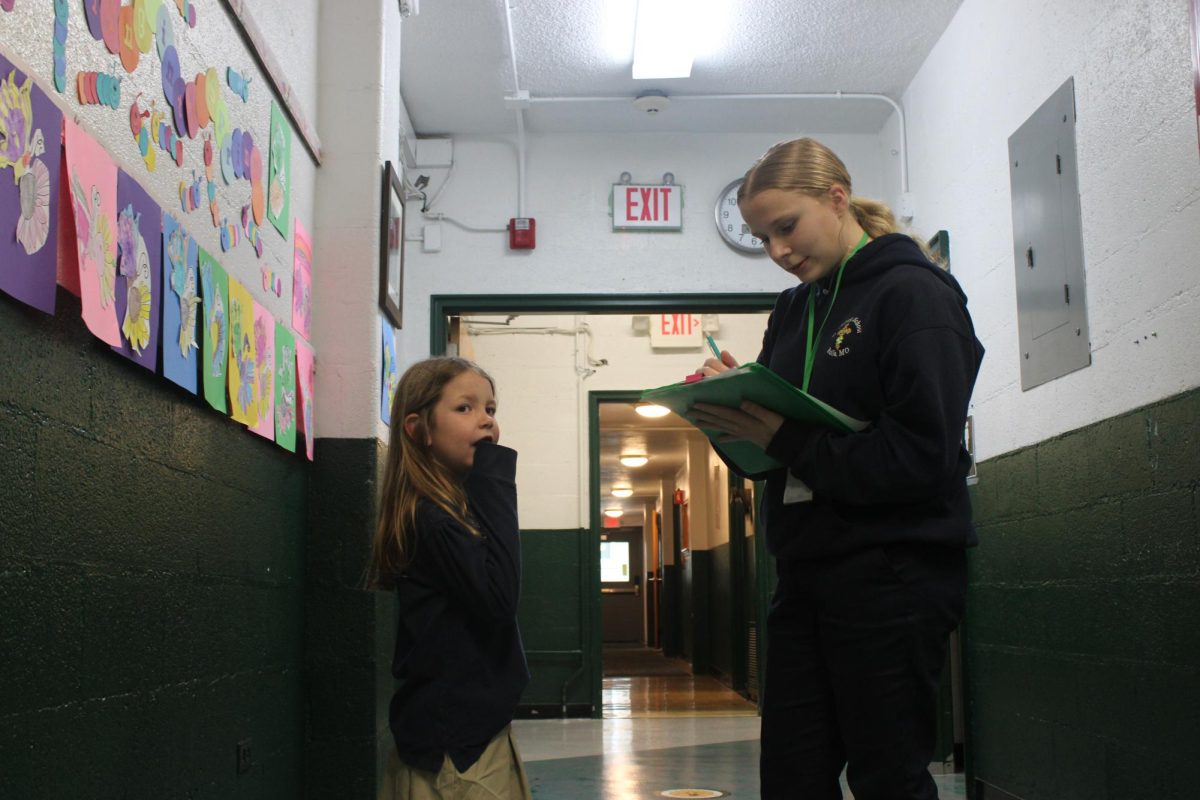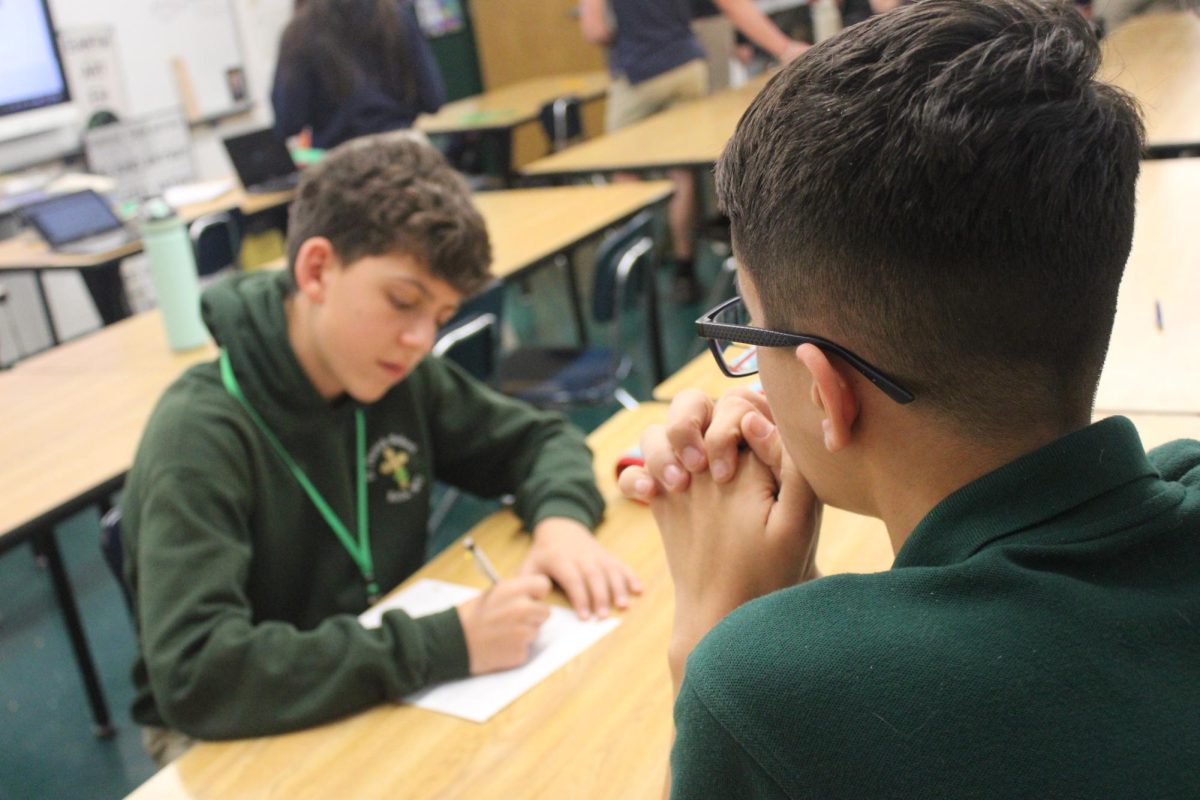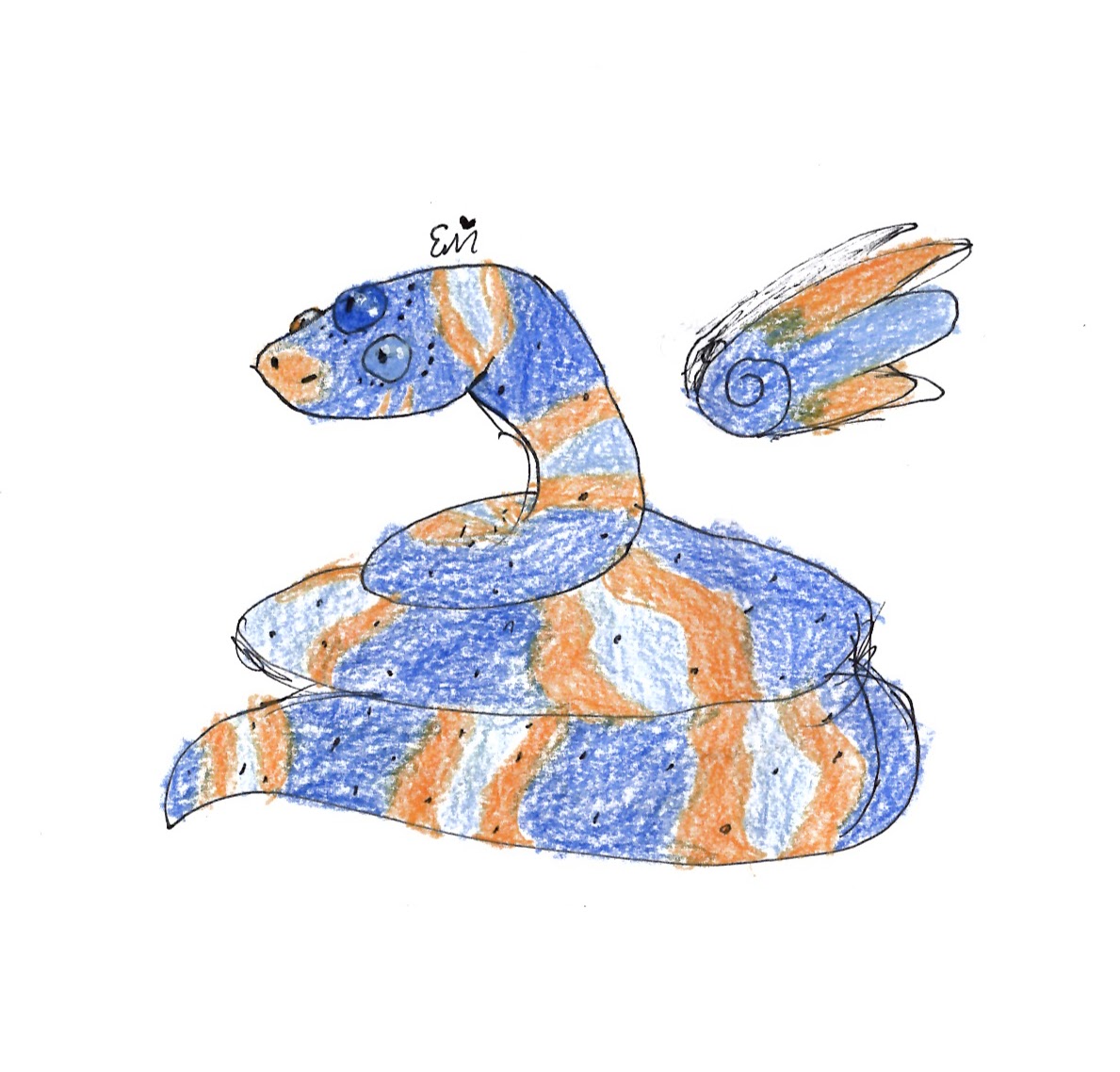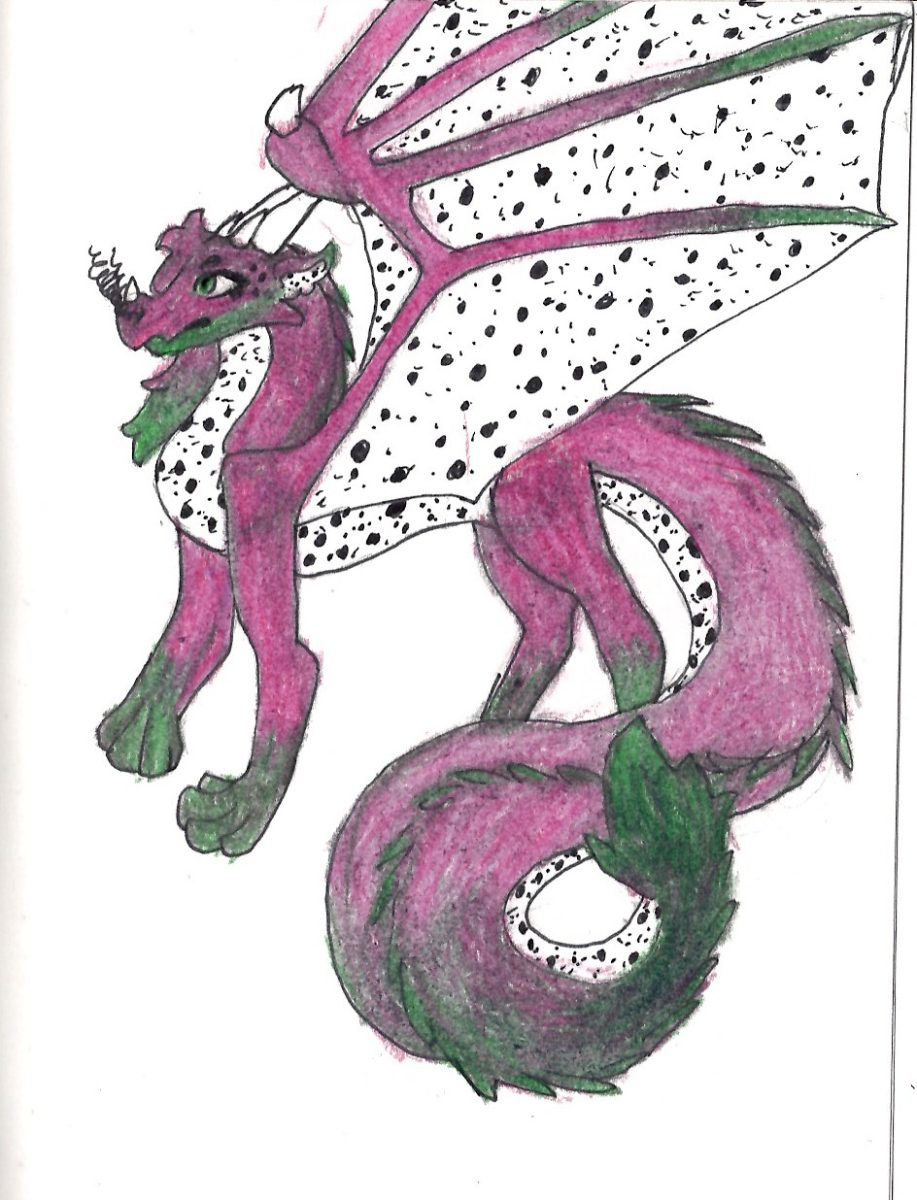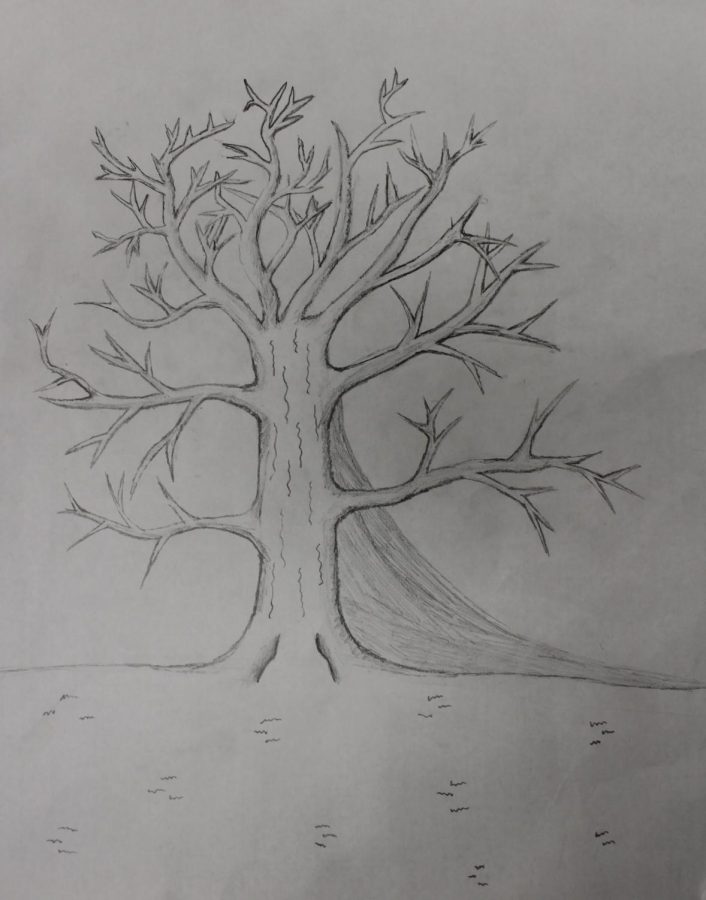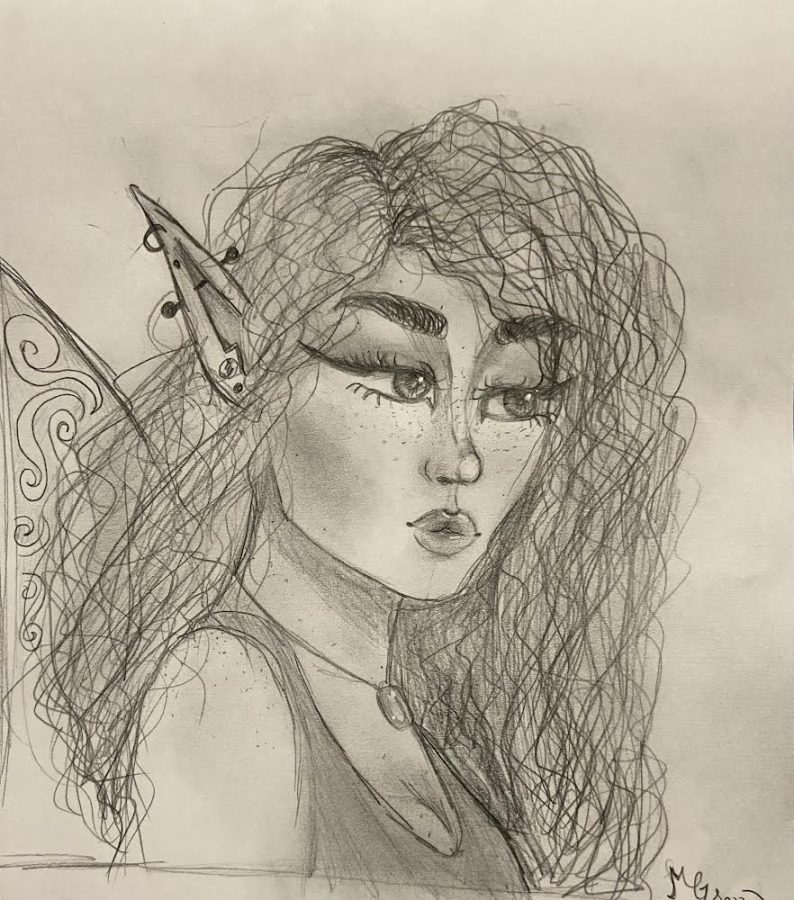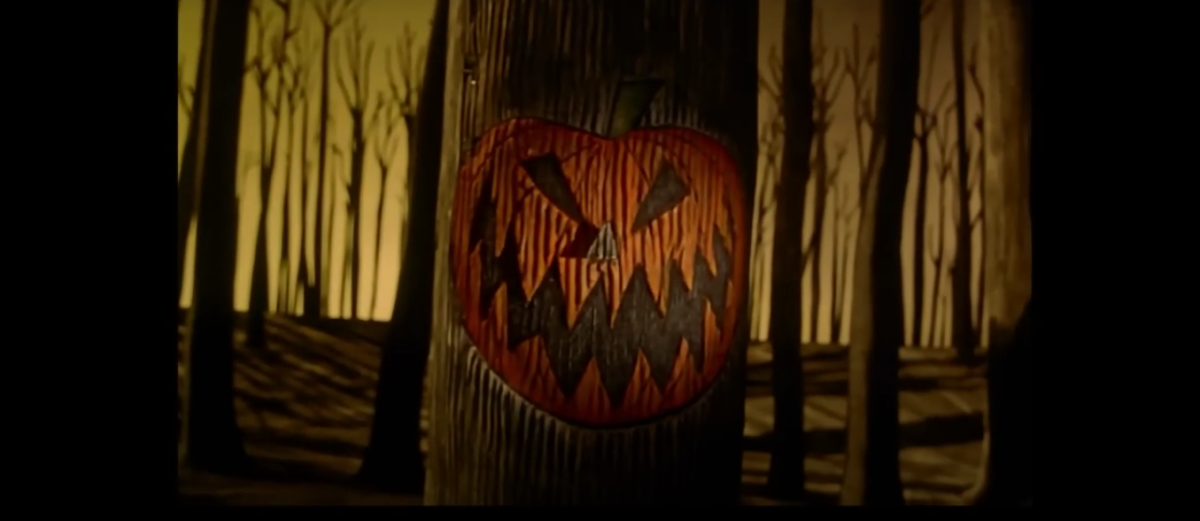All photo credits: Myresa M.
Hello, I am Myresa M. and I have nine animals here to show you. Now, you may be asking “Why did you choose this project?” Well I’ve always loved animals and I wanted to do something that is related to the wildlife around St. Patrick Catholic School and since no articles have yet been published about animals around here, this is what I decided to do. Thanks to our custodians planting our new pollinator flowers, I decided to write an article about the Wildlife Around the School. Listed below are the nine animals I decided to use for this article.
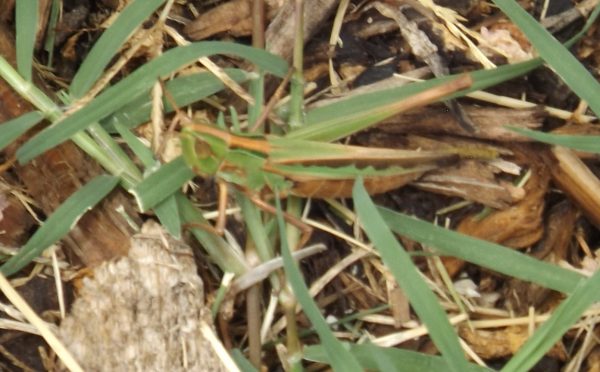
Common Green Grasshopper (Omocestus viridulus)
Size: 1 ½-2”
Lifespan: 1 year
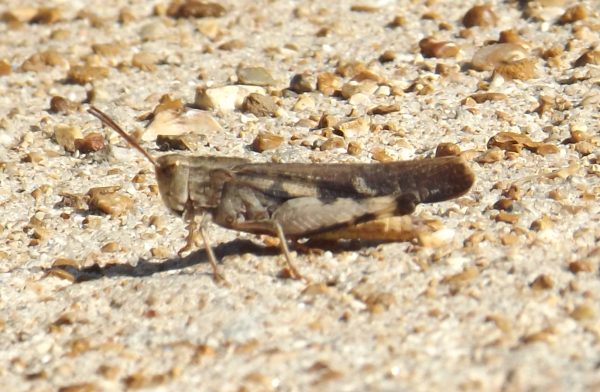
Range: Eastern North America and the Eastern Great Plains
Favorite Flower: Any flower
Where I found it: In the grass by the pumpkin plant sidewalk.
Fun Facts:
1. When encountering a grasshopper in the wild it is considered a sign of good luck.
2. Common Green grasshoppers are a brown color when they are first born, but turn green when they have reached adulthood.
Eastern Gray Squirrel (Sciurus carolinensis)
Size: 16-20”
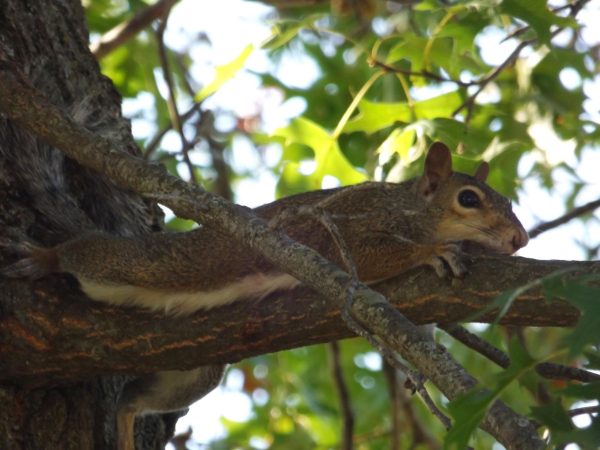
Lifespan: 12 years in the wild, 20 years in captivity
Range: Southern Quebec, New Brunswick, Ontario to Florida, West into Eastern Texas, and North into southern Manitoba.
Favorite Food: Seeds, nuts, and fruits
Where I found it: Oak tree in the Newman parking lot
Fun Fact: The Eastern Gray squirrels can run up to 20 mph.
Honey Bee (Apis mellifera)
Size: Males: ⅝”, females: ⅜-⅝”, queens: ¾”
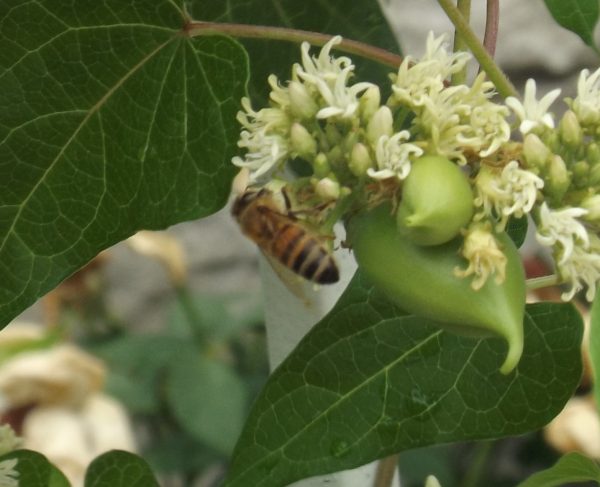
Lifespan: Queens: 5 years, workers:2-6 weeks in summer and 20 weeks in winter
Range: Worldwide
Favorite Flower: Bee Balm
Where I found it: Milkweed plant
Fun Fact: Honey bees first came to North America, brought by settlers in the 17th century.
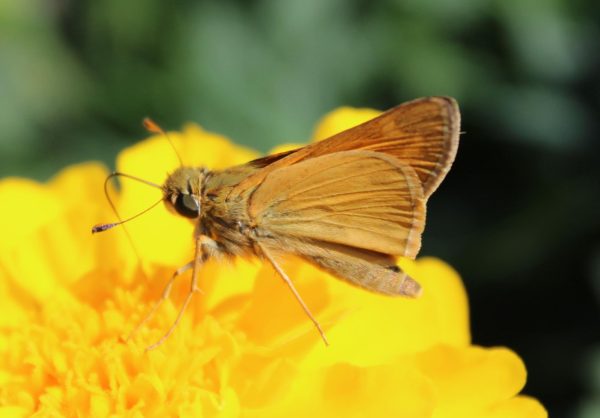
Indian Skipper (Hesperia sassacus)
Size: 1-1 ⅜”
Lifespan: 1 year
Range: Southern Ontario, east to Maine, South to Virginia and Tennessee
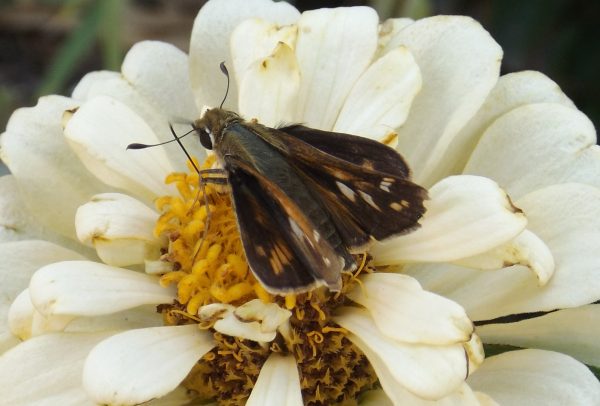
Favorite Flower: Cone flowers and Milkweed
Where I found it: On the Zinnias and by the playground
Fun Fact: Indian Skippers are often found in May, but fly until mid August.
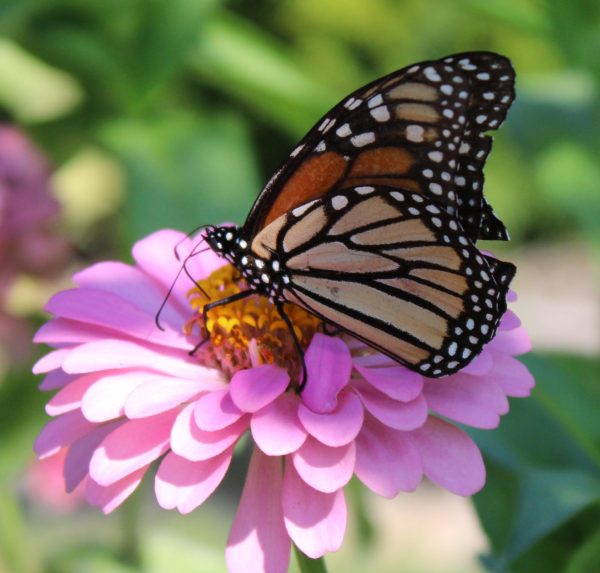
Monarch (Danaus plexippus)
Size: 3 ½ – 4”
Lifespan: 2-6 weeks
Range: All throughout the United States except for Alaska and the Pacific Northwest
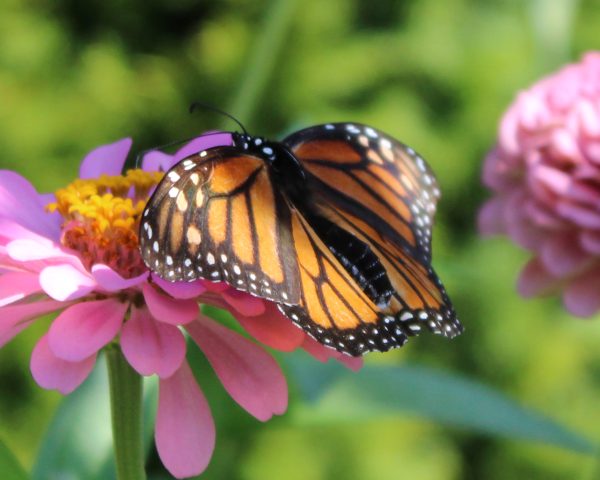
Favorite flower: Zinnias and Milkweed
Where I found it: On the pink Zinnias in front of the school
Fun Fact: First seen in the Hawaiian islands and Australia.
Paper Wasp (Polistes domoula)
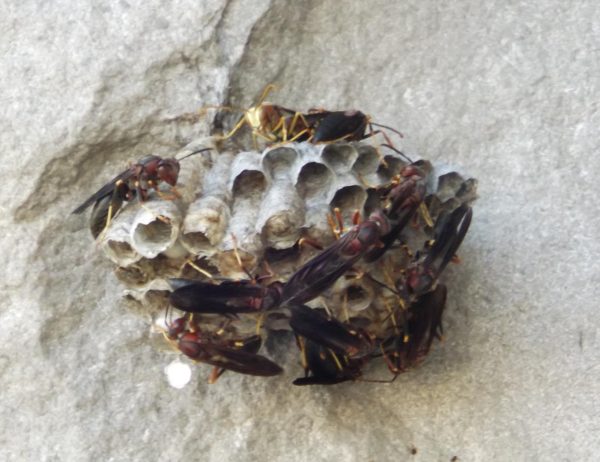
Size: ½ – 1”
Lifespan: 12-22 days
Range: All throughout North America
Favorite flowers: blue, purple, white, and yellow flowers
Where I found it: St. Francis garden
Fun Fact: Commonly called “umbrella” wasps based off of their nest shape.
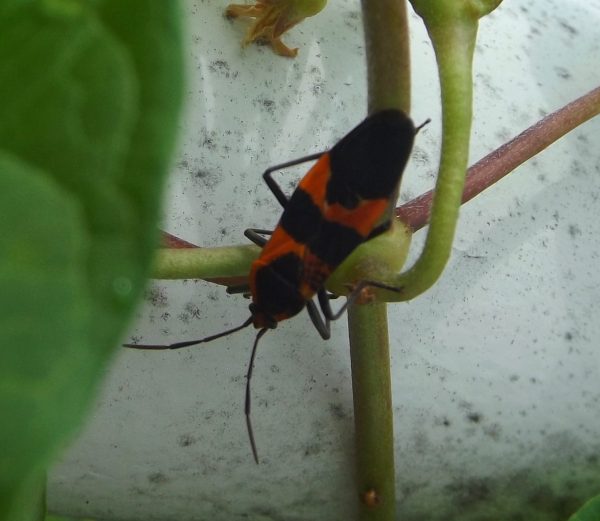
Small Eastern Milkweed Bug (Lygaeus kalmii)
Size: ⅜ – ½”
Lifespan: 1 month
Range: All throughout the United States
Favorite flower: Milkweed
Where I found it: Milkweed plant
Fun Fact: The Milkweed Bug is immune to toxic chemicals in Milkweed, but it can be to other insect predators.
Animals that still wanted to be acknowledged!
American Crow (Corvus brachyrhyncos)
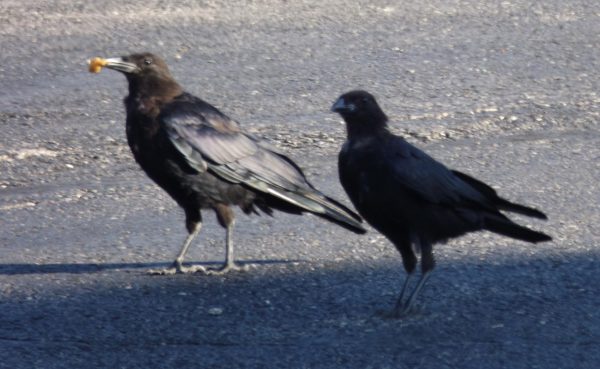
Size: 18’’ tall, 2.8-3.3’ wingspan
Lifespan: 20 years
Range: All throughout North America
Favorite food: Small insects
Where I found it: Colton’s parking lot
Fun fact: American crows are able to mimic human voices and other bird’s calls.

